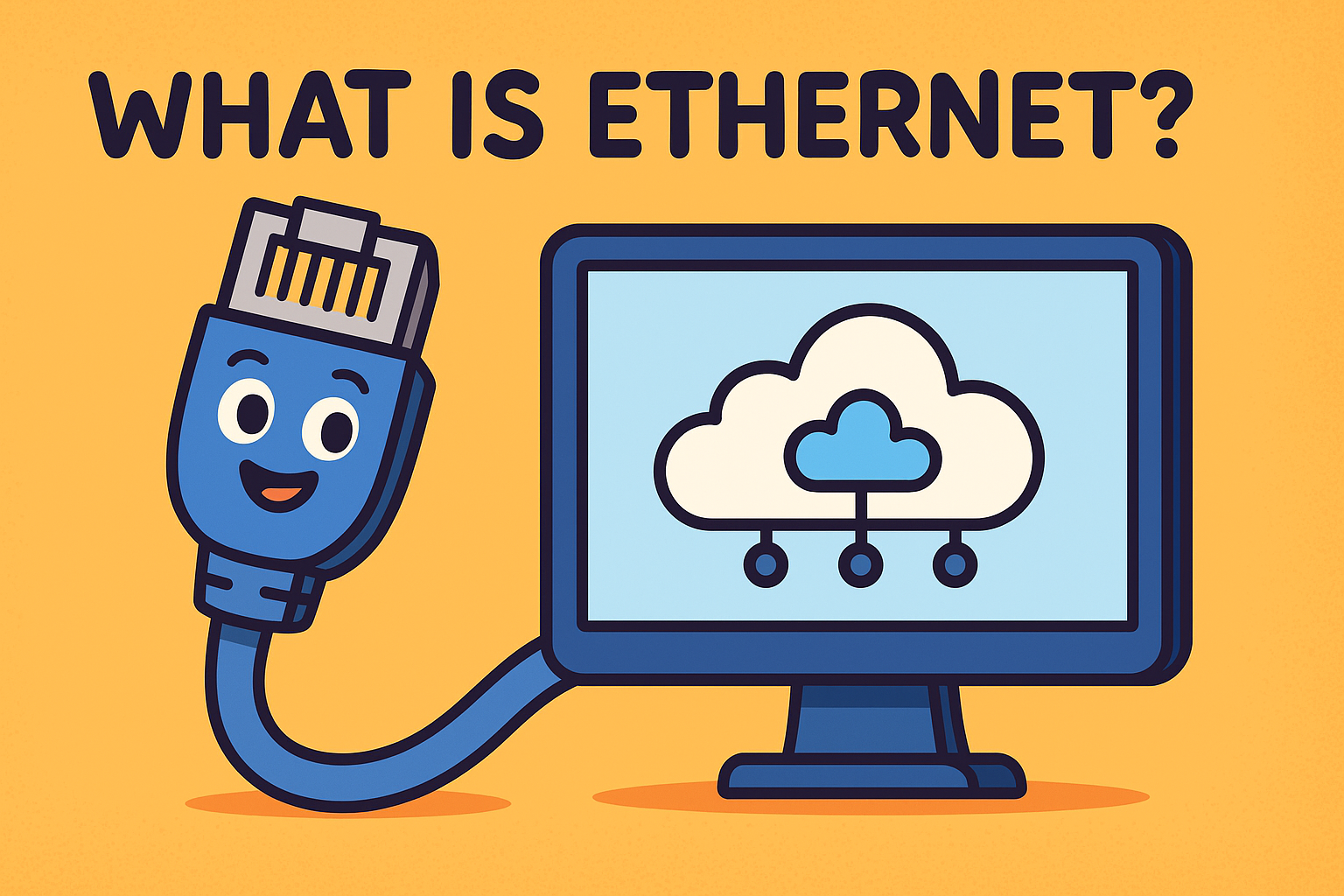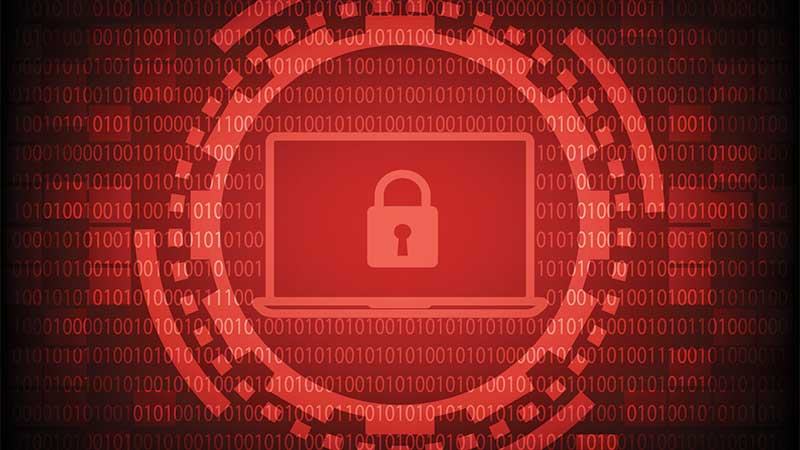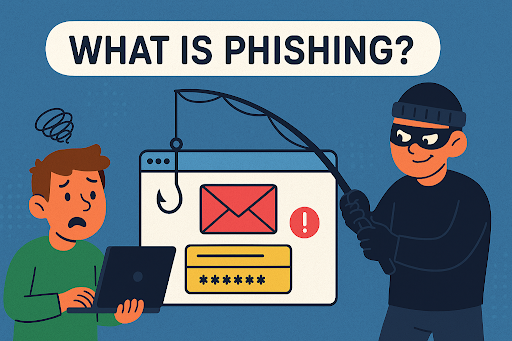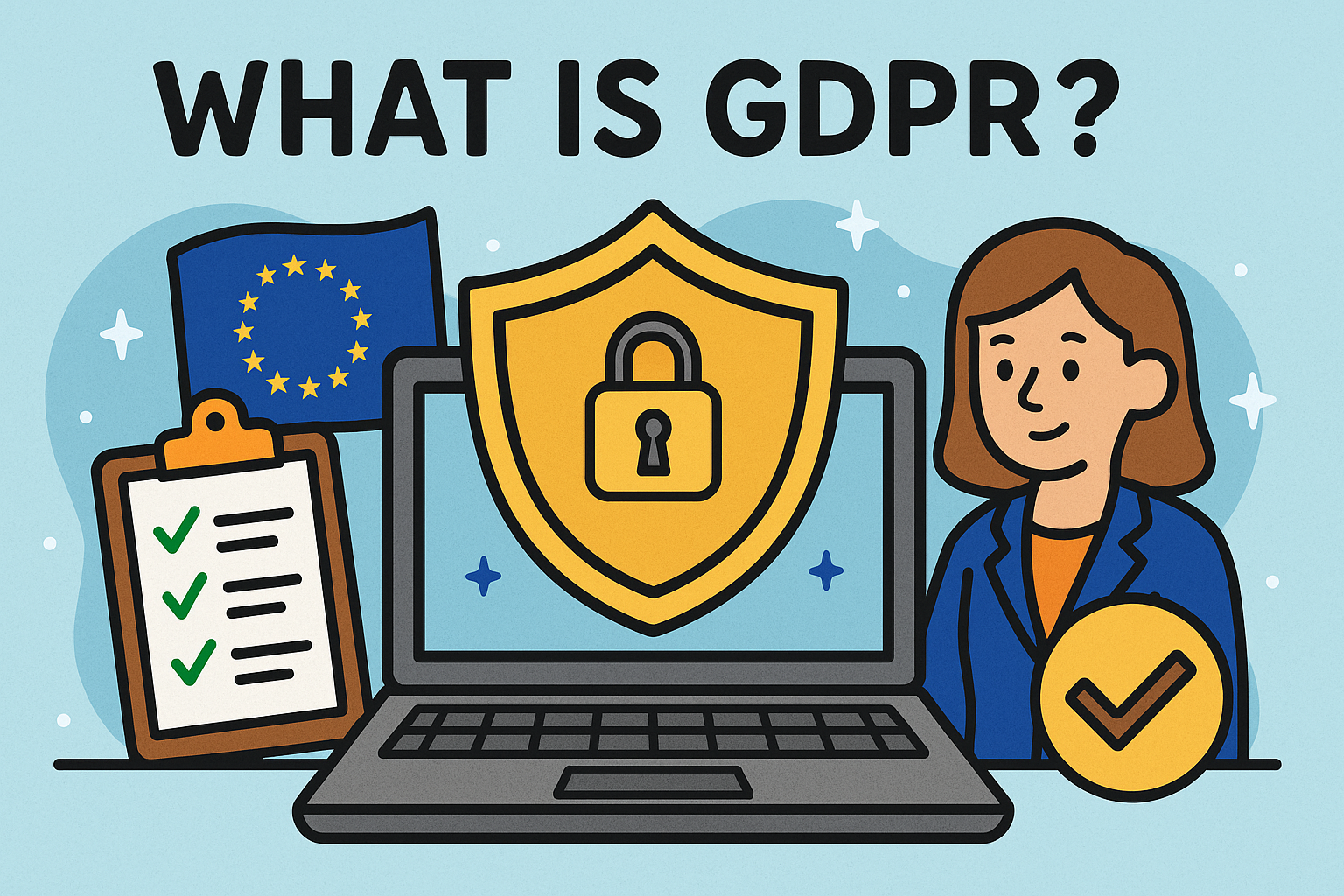How To Turn On Windows 10 Ransomware Protection?
Updated on October 11, 2022, by Xcitium

There is no doubt that Windows 10 remains one of the most popular operating systems in the globe today. Aside from its accessibility, this OS is preferred by many because it is user-friendly. Despite these positive attributes, one downside of Windows 10 is its vulnerability to different malware. One of these malware examples is ransomware. This article talks about Windows 10 ransomware protection.
It is important that Microsoft users pay attention to emerging malware threats. It is through being vigilant that users can secure their devices from any possible attack.
Windows 10 Vulnerability
All operating systems installed in various devices are vulnerable to malware. Windows devices are not safe from these threats. One of the biggest threats for Microsoft users is ransomware. Ransomware is a type of malware the asks for ransom in exchange for decrypting stolen data. For any window user, it is critical to ask themselves how ransomware protection works in Windows 10 as it is only through anti-malware programs that they can get rid of this problem.
One way of how ransomware protection works in Windows 10 is through Windows 10 controlled folder access. Users would try to bypass the security of their computer through the Windows 10 controlled folder access. Once they do this, ransomware will be able to hack the system. It could begin decrypting files and data of the user which can only be recovered through paying an indicated ransom set by the hackers. Meddling with the Windows 10 controlled folder access will expose the users to different malware such as ransomware.
Options For Windows 10 Users
After knowing how ransomware protection works in Windows 10, it is now important for users to learn more about Windows 10 ransomware protection review. One way to be protected is to install anti-malware programs that prohibit the entry of cyberattacks including ransomware. Such applications offer protection to users by providing a link that wards off ransomware encryption applications.
Meanwhile, for those whose computers have not been infected by ransomware yet, the best step is to ensure that the firewall of your gadgets is functional. Do not try to tinker you controlled folder access. Also, Windows 10 ransomware protection review indicates that third-party programs are essential in thwarting off any ransomware threats. Users must purchase anti-malware programs instead of leaving their gadgets or computers vulnerable to threats.
How Ransomware Protection Works In Windows 10
How ransomware protection works in Windows 10 varies from the anti-malware program installed in a computer. One method of this protection is that it signals ransomware hacking programs that the device must be spared from the attack. Another way is to ensure that the user is not exposed to risky emails and pop-ups that might be vehicles for ransomware entry. The ransomware protection blocks out suspicious files from entering the computer or device.
It is important to understand though that ransomware protection is more efficient if the device is not yet infected. Anti-malware programs work best in avoiding ransomware attacks. They are not designed to decrypt the lost data or to regain control of the corrupted device. Decrypting the affected data can be difficult and challenging.
Protecting Your Windows 10 Device
It is not enough that you know how ransomware works in Windows 10. Users must also identify which specific step they must do in order to protect their devices from future attacks. Windows 10 ransomware protection review can be found online. For those who wish to know the best anti-malware program for their devices, you have to read up on the details of each program you choose to buy.
As mentioned above, the best way of dealing with any ransomware problem is to prevent ransomware from entering your system. Users must not expose their operating systems from threats. They must avoid opening questionable hyperlinks they encounter online. Also, they have to be wary from the files they download online. These files might contain ransomware that will eventually attack the operating system. The Microsoft company has already reminded its users to update their Windows 10 operating system.
It is no secret that ransomware continues to evolve to become a stronger form of malware. This means that users must be extra vigilant in protecting their personal computers. Users must purchase anti-malware programs that assure the safety of their operating systems including Windows 10.
As for you, don’t forget to protect your Windows 10 now. Call Xcitium Cybersecurity today!














